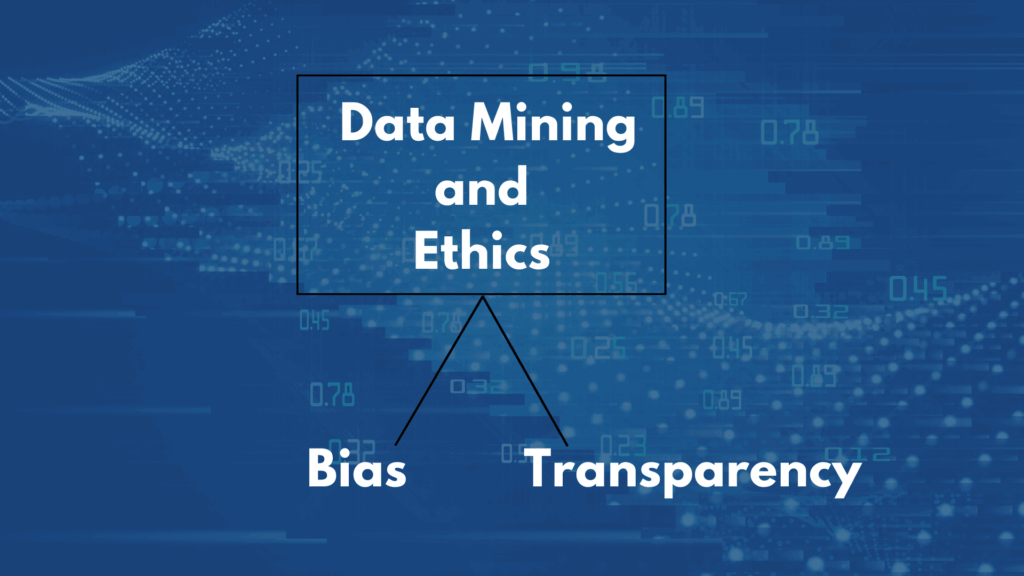In today’s digital age, information has become the new gold mine, and the airdrop of data is constant and relentless. To harness this deluge of information effectively, this field has emerged as a cornerstone in AI. This article explores the multifaceted world of data gold mining, where a technique like data mining NLP is used. We will delve into what is big data mining and explore its significance in handling vast datasets. Next, we’ll examine the wide-ranging data mining software and applications that empower numerous domains, from healthcare to finance. Then, we’ll highlight the critical role played by data mining software tools in the analytics. Furthermore, we’ll discuss its crucial application in enhancing data mining for security applications.
In addition, we’ll explore the expanding frontiers of data mining in real time applications, illustrating its relevance in various sectors. Additionally, we will scrutinize what is data mining in business intelligence, shedding light on how it furnishes organizations. Lastly, we’ll navigate the ethical terrain, delving into the intricate relationship between data mining and ethics in the analytics era.
Artificial Intelligence
At the heart of modern AI lies the intricate process of data mining. Moreover, this process transforms the treasure trove of data into actionable insights. Furthermore, it is the practice of identifying patterns, trends, and valuable knowledge within vast datasets. In the digital age, it is pivotal, empowering informed decisions and giving businesses, researchers, and organizations a competitive edge. Consequently, it is a powerful method for extracting hidden gems of information that can be leveraged across numerous applications.
What is Big Data Mining?
Big data has become a buzzword in the digital landscape, emphasizing the magnitude of information that we generate daily. Furthermore, Big data mining is a vital facet, tailored for processing immense datasets challenging for conventional methods. This involves parallel processing, distributed computing, and scalable infrastructure to manage and analyze the data effectively.
Additionally, it often uses advanced ML and statistical methods to address the complexities and scale of vast datasets. As a result, this enables organizations to make decisions and discoveries that are challenging with traditional approaches. Consequently, this extends its applications to fields as diverse as healthcare, finance, and e-commerce.
Data Mining Software and Applications
It thrives on the backbone of specialized software tools. Moreover, these software tools are equipped with algorithms and techniques that streamline the analysis of large datasets. Furthermore, their applications span across a myriad of domains, revolutionizing the way we make decisions and solve complex problems. For example, IBM SPSS Modeler is a comprehensive mining and predictive analytics software. It empowers users to build predictive models without requiring an in-depth grasp of programming or statistics. It offers a wide range of data preparation and modeling techniques.
In business, this software empowers organizations to gain a competitive edge through market analysis, customer profiling, and demand forecasting. Simultaneously, in healthcare, it aids in disease diagnosis, patient monitoring, and treatment optimization. Finally, in finance, it plays a crucial role in risk assessment, fraud detection, and investment strategies.
Data Mining for Security Applications
With the ever-increasing digital threats, data mining for security applications has risen to prominence. It enables real-time monitoring and predictive analysis to detect and mitigate potential security breaches. Through the analysis of network traffic, system logs, and user behavior, these tools proactively identify and protect sensitive information.
Integrating AI and machine learning in security adapts to evolving threats, enhancing defense against cyberattacks with added robustness. This dynamic approach is essential in today’s ever-changing cybersecurity landscape.
Data Mining in Real Time Applications
Real-time data mining extends its utility beyond security. Moreover, it plays an integral role in various sectors. In manufacturing, it optimizes processes and minimizes downtime through predictive maintenance. Moreover, in real-time it boasts vast potential, with its applications continuously evolving.
Specifically, it aids in traffic flow management and congestion reduction within the transportation sector. Similarly, in healthcare, it monitors patient vitals in real-time, issuing immediate alerts for anomalies, potentially life-saving in critical medical situations. Lastly, in the retail industry, it aids in inventory management and personalized customer experiences through real-time recommendations.
Data Mining in Business Intelligence
In the corporate world, data mining in business intelligence is the compass guiding decision-makers. It is a robust tool that translates data into actionable insights, enabling organizations to make informed choices. Business intelligence relies on it to uncover trends, customer preferences, and market dynamics. For instance, in retail, it analyzes customer purchase behavior to tailor marketing strategies and optimize inventory management. These insights are invaluable for strategizing, streamlining operations, and staying ahead of the competition.
Data Mining and Ethics

This power carries a significant ethical responsibility, underlining the crucial aspect of ethical considerations in this technology. As it delves into personal data and influences critical decisions, ethical considerations are paramount.
A primary ethical concern is privacy. With an abundance of personal information available, safeguarding sensitive data is challenging. Crucially, it must comply with data protection rules, preserving individual data control.
Transparency is another critical facet. Organizations must be open about their practices, especially when it influence decisions that affect people’s lives. Transparency fosters trust and helps mitigate concerns about data manipulation.
Bias is yet another ethical minefield. This process is often a reflective of societal biases. If not managed carefully, it can perpetuate and exacerbate existing biases. Ensuring fairness in algorithms and data representation is an ongoing endeavor.
Its implications also extend to issues like discrimination, consent, and the responsible use of AI. Continuous evaluation, oversight, and adherence to ethical guidelines are essential for ethical practices.
Road Ahead
As we advance further into the AI era, data mining’s role remains pivotal. Additionally, the road ahead for data mining in artificial intelligence holds great promise and challenges. Furthermore, with AI’s growing integration into our daily lives, the need for accurate insights intensifies. Empowered by robust software tools, data mining continues to unlock the potential. However, ethical considerations will remain at the forefront, demanding strict adherence to privacy regulations, transparency, and bias mitigation. In conclusion, balancing innovation with ethical responsibility is pivotal as it shapes the future of AI and decision making.
In conclusion, data mining in artificial intelligence is a revolutionary approach to handling information. It transforms raw data into actionable knowledge, enabling better decisions, enhanced security, and a competitive edge. However, this power requires great responsibility, with ethical considerations being paramount to prevent adverse consequences. As we look to the future, the path ahead is promising yet challenging. It’s our responsibility to align technological progress with ethical values. This ensures data mining shapes AI‘s end for a smarter, safer, and more interconnected world. In light of this, we embark on a promising journey, and we invite you to be a part of it.

